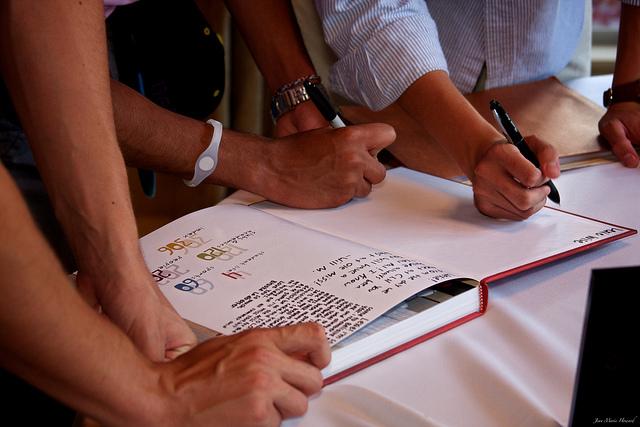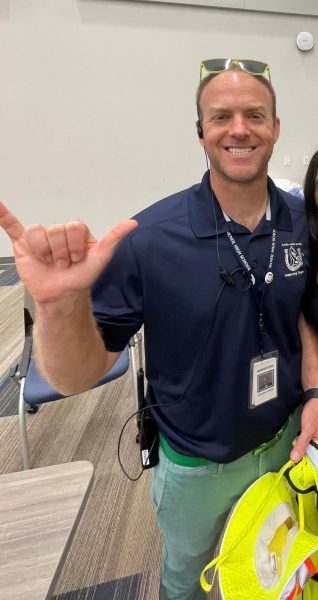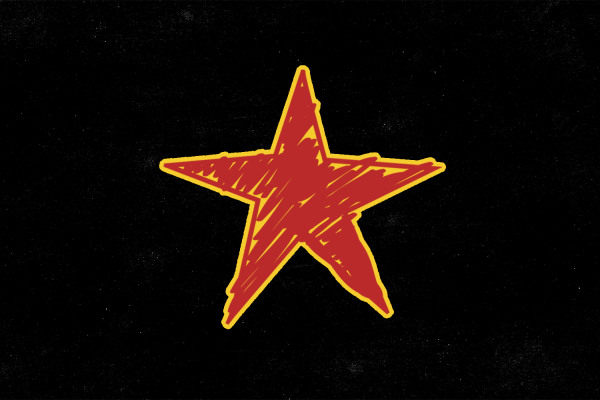The Low Down on Signing Yearbooks
Image by Google Images
The year is just about over and memories of the year are signed permanently in yearbooks.
Another school year is coming to an end, final reviews are rolling in, teachers talk of exemptions and people have begun carrying around these books: yearbooks. They came at the end of the year and sum up everything that happened in one school year. Any meaning that a yearbook holds comes from the memories, the pictures, the stories and the signatures that fill up those eight pages in the back.
The autograph or signature pages in the back are where people leave their mark, their memory to a friend or teacher. Each signature is a memory of your high school days, right now all your friends wishing you to HAGS can be annoying. But yearbooks aren’t meant to just be looked at in the summer and miss your friends; they are meant to last until you grow old. The signatures are stories to tell your kids or laugh at when you have a high school reunion.
But, where on earth did the idea of yearbooks even come from? They came from students, specifically seniors, who wanted to remember their days of high school. The first yearbooks included only the senior/graduating class. But, in the 1900s everyone wanted to become a part of the yearbook.
A yearbook, of course, should cover everything from the year; despite not everyone’s days being wonderful, the idea of a yearbook is to remember, simply remember. As more and more people began producing yearbooks, they became increasingly creative. In the 1990s, yearbooks began covering student life and fun memories.
The tradition of signing a truly American icon simply came along as added memories. A fellow teammate, classmate or teacher leaving their memory implanted on your yearbook.
Your donation will support the student journalists of McNeil High School. Your contribution will allow us to purchase equipment and cover our annual website hosting costs.






